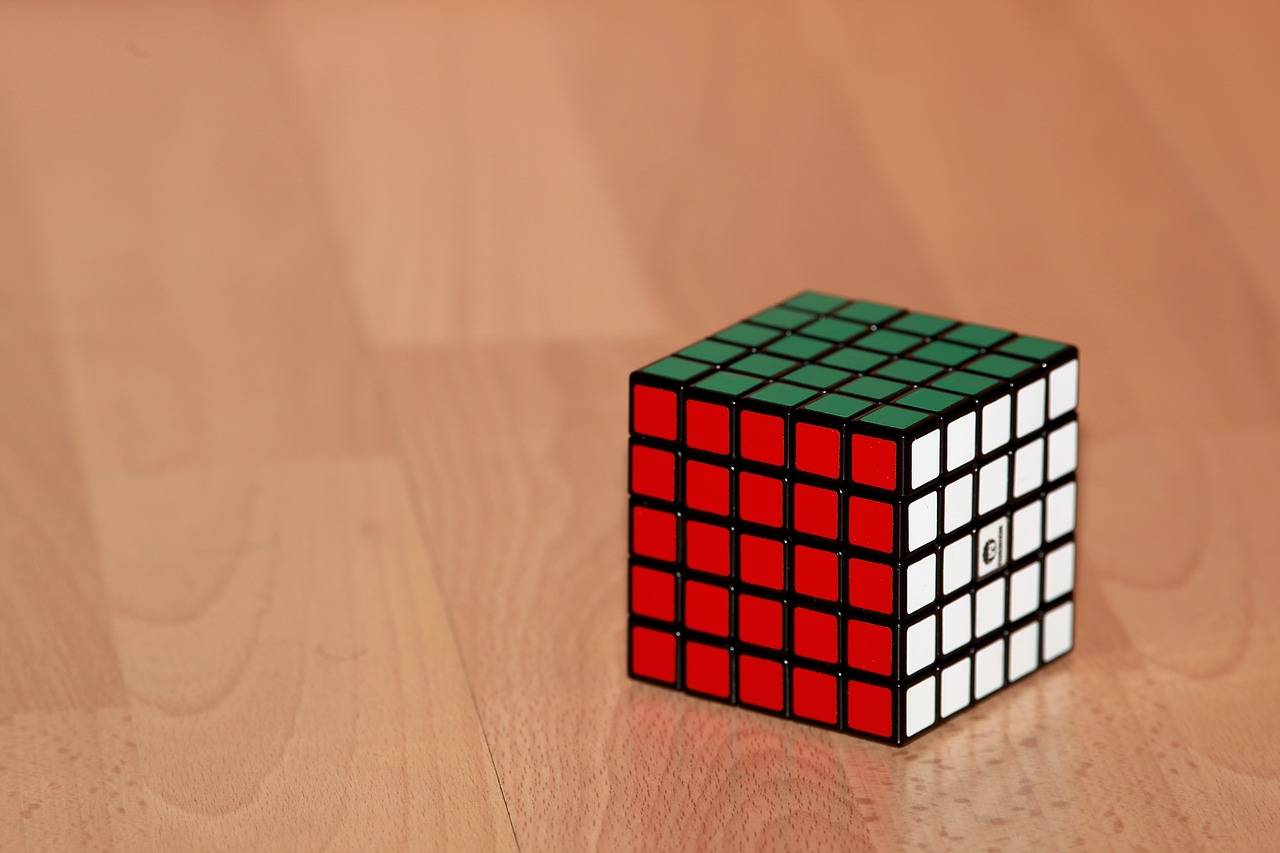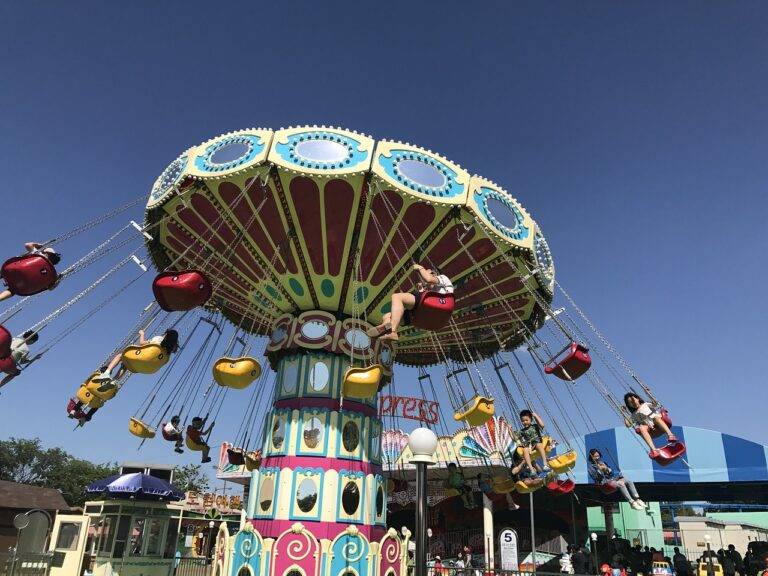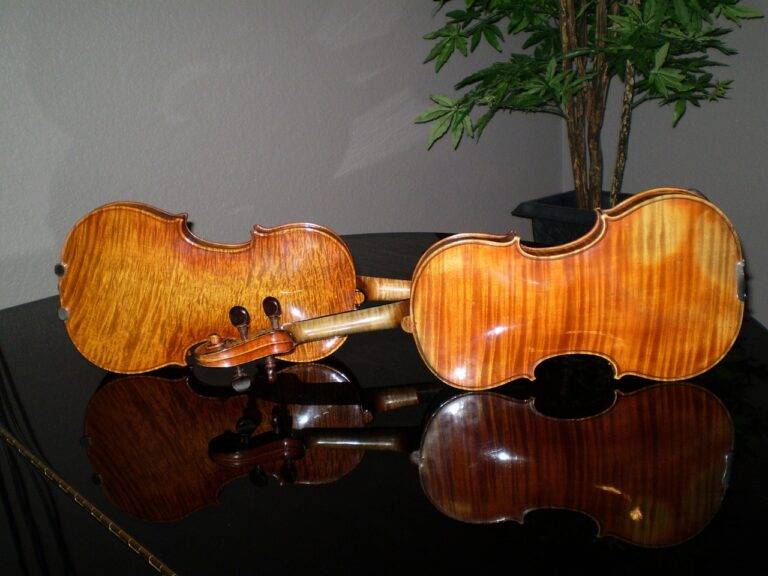The Role of Music Scoring in Creating Emotional Movie Scenes
Music has a profound ability to tap into our emotions in ways that words alone cannot. It can evoke feelings of joy, sadness, excitement, or nostalgia with just a few notes. The melody, rhythm, tempo, and dynamics of a piece can all work together to create a powerful emotional response in the listener.
Furthermore, the combination of music and lyrics can enhance this effect, providing a deeper connection to the listener’s own experiences and emotions. It is this unique ability of music to speak directly to our hearts and minds that makes it such a potent tool for eliciting emotions in various settings, from film soundtracks to live performances.
The Influence of Musical Elements on Audience Perception
When it comes to influencing audience perception, the role of musical elements cannot be understated. The selection of instruments, tempo, and key can evoke a range of emotions and shape how viewers interpret a scene. For example, a scene accompanied by a fast-paced, high-pitched score can create tension and excitement, while a slower, melancholic melody might evoke feelings of nostalgia or sadness. These subtle nuances in music can greatly impact how viewers engage with and interpret visual media.
Additionally, the use of dynamics and orchestration in music can enhance the overall impact of a scene. A crescendo leading up to a climactic moment on screen can heighten suspense and anticipation, drawing viewers even further into the storyline. On the other hand, a sudden switch to a quieter, more subdued musical passage can signal a moment of introspection or reflection for the audience. By carefully choosing and orchestrating musical elements, filmmakers and composers can effectively guide audience emotions and perceptions throughout a visual narrative.
How Music Enhances Visual Storytelling
Music has a profound impact on enhancing visual storytelling by evoking emotions and creating a deeper connection between the audience and the narrative. The right choice of music can intensify the mood, amplify the tension, or evoke nostalgia, all of which are crucial in immersing viewers into the story being portrayed on screen. The combination of music with visuals has the power to communicate intricate emotions and nuances that may be challenging to express through dialogue or visuals alone.
Moreover, music acts as a guiding force in shaping the audience’s emotional journey throughout a visual narrative. By strategically incorporating different musical elements such as tempo, melody, and rhythm, filmmakers can effectively manipulate the audience’s emotional responses at various points in the story. This orchestration of music and visuals creates a synergistic effect, where the music not only complements the visuals but also adds layers of depth and meaning to the storytelling experience.
How does music enhance visual storytelling?
Music enhances visual storytelling by setting the mood, evoking emotions, and creating a deeper connection with the audience.
What role does music play in eliciting emotions?
Music has the power to evoke emotions in the audience by creating a specific atmosphere or mood that complements the visuals on screen.
How do different musical elements influence audience perception?
Different musical elements such as tempo, pitch, and instrumentation can influence audience perception by conveying specific emotions or enhancing the overall storytelling experience.
Can music change the way viewers interpret a visual story?
Yes, music can significantly impact the way viewers interpret a visual story, as it can guide their emotions and enhance their engagement with the narrative.





